It is dark and chilly in the champagne caves, chilly enough that the tour guide, Corinne, insists I wear her thick apricot cloak over my summer dress. An enormous labyrinth of arching passageways carved into the limestone underlying the city of Reims, the caves could be a set for a science fiction movie, especially when the occasional forklift comes clanking around the corner and we press ourselves against the cavern wall to let it pass.
This particular section of the caves contains more than 40 million bottles of Champagne of the house of Veuve Clicquot.
There are two cities here, I muse, the one above ground and the one beneath; in fact, Corinne says, when you buy a piece of land in Reims, the depth of your holding is specified in the deed. For underneath every building, every sidewalk and park, in a permanent white night of darkness and chalk, are these mazes lined with racks and racks of bottles. This particular section of the maze contains more than 40 million of them—the stores of Champagne of the house of Veuve Clicquot. Mounted high above the racks are plaques commemorating past employees of the firm, their dates revealing that many worked there all their lives. Now their spirits hover close by, guarding the treasure.
Read More: We’ll Sit Alone at a Bar If We Want To: An Ode to Liberation Among the Libations
Parties in the Caves
Suddenly peals of laughter break the silence. Those of us on the tour look curiously to Corinne. “There’s a candlelight banquet going on down here today for our grape producers,” she explains. These chilly caverns seem like a strange site for a banquet, but according to Corinne, partying in the Champagne cellars is a venerable tradition. She tells the story of Paul Poiret, a clothing designer conscripted into the uniform division of the French army during World War I. He wrote in his diary of being sent to Reims to check on the supplies of buttons and thread at the haberdashers there.
But he found only a city in ruins, raked by German gunfire. Looking for a place to dodge the bullets, he ducked into a staircase leading down under the street. At its foot, a dark passage wound into what he soon realized were the cellars of Clicquot, where a table of 40 of his countrymen feasted on ham and Champagne. He was invited to join them until the attack was over, which he happily did, and wrote his report on the vanished haberdasheries the next day with a terrible hangover.
“In fact, the citizens of Champagne spent a lot of both World Wars down in the caves,” Corinne told us. “It created some serious holes in our library of vintages.”
Champagne with a Capital “C”
While I have always enjoyed the festive spirit and fine flavor of Champagne, I only dimly understood that it wasn’t just a drink, but a place. Here in the United States, a sparkling wine made in the Champagne style can be called champagne, with a lowercase c. In France, this is definitely not the case. Just as Bordeaux only comes from Bordeaux, Champagne only comes from Champagne, a region 100 miles east of Paris.
Every bottle bears the likeness of a dour-looking old lady, the Widow (veuve in French) Clicquot. I am a widow myself. Of such things is brand loyalty made.
If it is produced using the same method but with grapes from outside this region, it is vin mousseux, which simply means sparkling wine. Once you visit Champagne, this distinction begins to feel more concrete. The hillsides are covered with vineyards, and the towns are thick with cellars bearing the names of the great houses — Taittinger, Roederer, Piper Heidsieck, Moet Chandon, Perrier Jouet. Just driving into town and reading the signs, I felt as if I were arriving at a wonderful party. In fact, I was — a culture devoted to the production and enjoyment of the wine of celebration.
Most of us who drink Champagne, even wine novices like myself, have a favorite brand they choose for splurges. For the past several years, mine has been the non-vintage Veuve Clicquot orange label. Part of it is that it is a great value — while it costs around $30, I can’t really taste much difference between it and bottles that cost three times as much. Part of it is the fact that it bears the name and likeness of a dour-looking old lady, the Widow (veuve in French) Clicquot, whose dumpling-faced, ringleted image on the metal cork-harness I find weirdly appealing. And part of it is because I am a widow myself. Of such things is brand loyalty made.
The Grande Dame of Champagne
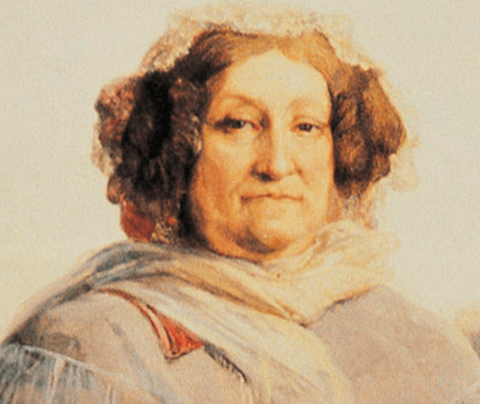
Look familiar?
I am hardly the first to attach my car to the Widow’s party train. Pushkin, Gogol, Chekhov, Proust, and Apollinaire each wrote lovingly of Veuve Clicquot. The film appearances of the elegant bottle range from “La Dolce Vita” to “Rope” to “My Fair Lady” and “The Godfather.” Claude Monet served it with his Christmas dinner. Even the ultimate arbiter of cool, James Bond, ordered a bottle for breakfast with eggs and bacon in “Casino Royale.” It also made an appearance on “Downton Abbey” (Season 6, Episode 1, if you’re checking). During my research for this article, I accidentally happened upon references to Veuve Clicquot in Jay McInierney’s Brightness Falls, Fenton Johnson’s Geography of the Heart, and in a National Public Radio commentary about the high-tech workplace. In 2008, a book about the Widow Clicquot became a best seller.
The young widow made the extraordinary decision not to close the company, as relatives suggested, but to take it over.
While I’m happy to be in such good company, each of the connoisseurs listed above is a man. And one cannot talk about Veuve Clicquot without talking about a woman. That dowager who coolly regards the would-be drinker from the cork harness, Barbe-Nicole Clicquot (née Ponsardin) is no marketer’s invention, no Aunt Jemima or Betty Crocker. She was in fact the first modern business woman in history.
The daughter of a Reims textile manufacturer, she married François Clicquot in 1798, when she was 21 and he 24. Clicquot worked in his father’s champagne business and Nicole-Barbe stayed home with their daughter until tragedy struck: Clicquot died quite suddenly from a fever at the age of 31. A few weeks later, his young widow made the extraordinary decision not to close the company, as relatives suggested, but to take it over—truly unheard of in France in 1805.
The Veuve Clicquot Widow: Businesswoman Extraordinaire
It was this trait—the ability to seize a risky opportunity and move full speed ahead—that equipped Madame Clicquot to build her house into one of the best-known and best-selling Champagnes in the world, second in global popularity to only Moet Chandon. She developed foreign markets, especially Russia, and weathered the severe difficulties to commerce posed by the Napoleonic wars. This included not only maneuvering a secret shipment past the blockades to Russia, but actually profiting during the Cossack and Prussian occupation of the city “They’re drinking and they’ll pay,” she is reported to have said.
She also made innovations in the production of Champagne that are still in use today, improving its clarity and consistency.
She built a loyal network of salesmen and representatives throughout the continent. She also made innovations in the production of Champagne that are still in use today, improving the clarity and consistency of the wine. The “riddling” of Champagne — the separation of sediments by storing the bottles upside-down at gradually rotated angles — began with a brainstorm of the widow’s, who had holes drilled in her kitchen table to try it out.
She never remarried, devoting her energies and passions to her company and her daughter, whom she married off to a charming, penniless count. Keeping her adored but goofy son-in-law as far from the business as possible, she built the young couple an extravagant chateau, where the family hosted parties and hunts that were the talk of France. One amusing story has it that the count, a wannabe writer, self-published a volume of pornographic fables — the entire inventory of which the widow secretly purchased to keep them out of circulation. Happily unaware of who his real customer was, the count had the book reprinted every time his gambling debts piled up.
The Iconic Yellow Label
After our wine-making and history lessons from Corinne, we repaired for lunch to the Hôtel du Marc, a classical mansion built by Madame Clicquot in 1840, whose tug-of-war history reflects that of the surrounding region. Seized by every occupying force from the Prussians in 1870 to the Germans in World War Two, the mansion wears some battle scars on the outside, but the interior has been restored to its original beauty and luxury.
Here we met an eloquent and artistically cravated man, the Président Directeur Général of Clicquot, and enjoyed a leisurely meal in which each course was accompanied by a different bottle from the cellars. While I was initially surprised to be drinking Champagne with lamb and green beans, by the time we got to the berry cup with Clicquot Rosé, I was a giddy convert.
She wanted to match the color of the egg yolk of a corn-fed hen from Bresse.
“So what’s the deal with the color orange?” I asked the president, referring to the distinctive shade on the Clicquot label that seemed to be not just a logo element, but a fetish. It was the shade of Corinne’s cloak, and of her umbrella, as well as the defining element of a whole book of artwork and creations titled “Clique Clicquot,” which we thumbed through while waiting in the salon.
“Actually, it’s not orange,” he explained. “It’s yellow.”
What is wrong with these people, I was thinking, for I’d been similarly corrected several times already. Whatever they say, it’s NOT YELLOW. It’s orange. But as I was about to learn, there is a linguistic root to the problem.
“The color was chosen by Madame Clicquot herself,” he continued. “She wanted to match the color of the egg yolk of a corn-fed hen from Bresse, a color full of life, the earth and the sun. The word for yolk in French is ‘jaune,’ which also means yellow. So you see, to us, the color is ‘jaune.’ And every year we are involved in about 40 lawsuits to protect our use of it. It is part of the mystique of the brand.”
Not long ago, the company, now owned by the French luxury goods company, Louis Vuitton Moët Hennessy, celebrated the 140th year of the iconic yellow label that the widow chose so that it would stand out from every other champagne maker—one of the first examples of brand marketing. But for me, when I look at the bottle, I’m always drawn to that small portrait of the older woman sitting on top, peering out from the empire she built.
Read More: Meet the Master Distiller of Hendrick’s Gin Who Revolutionized Your Cocktails
A version of this article was originally published in May 2017.

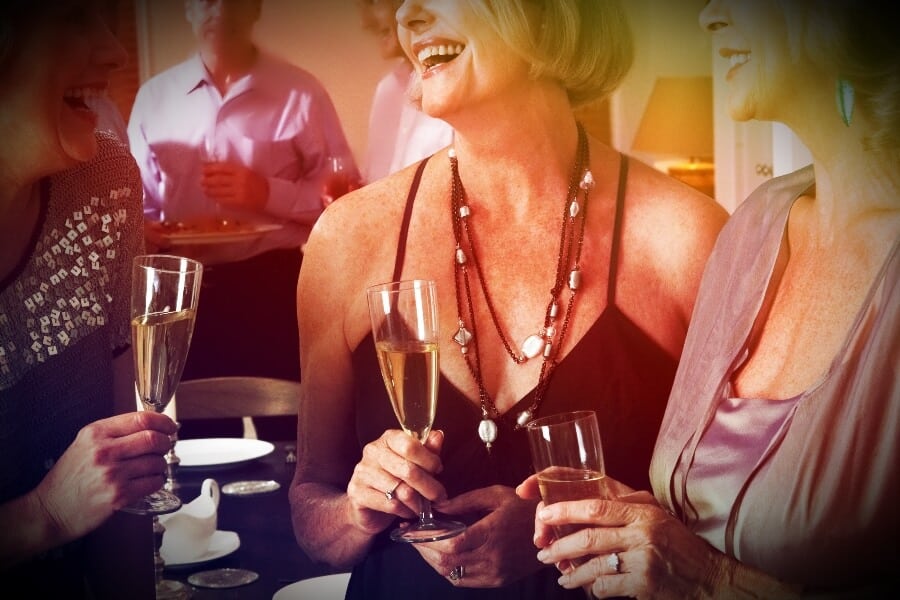




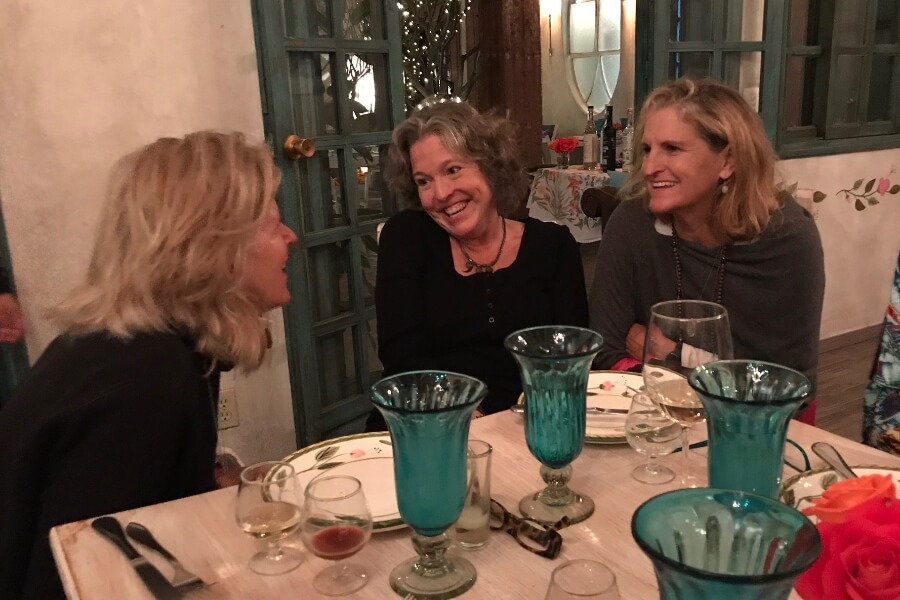

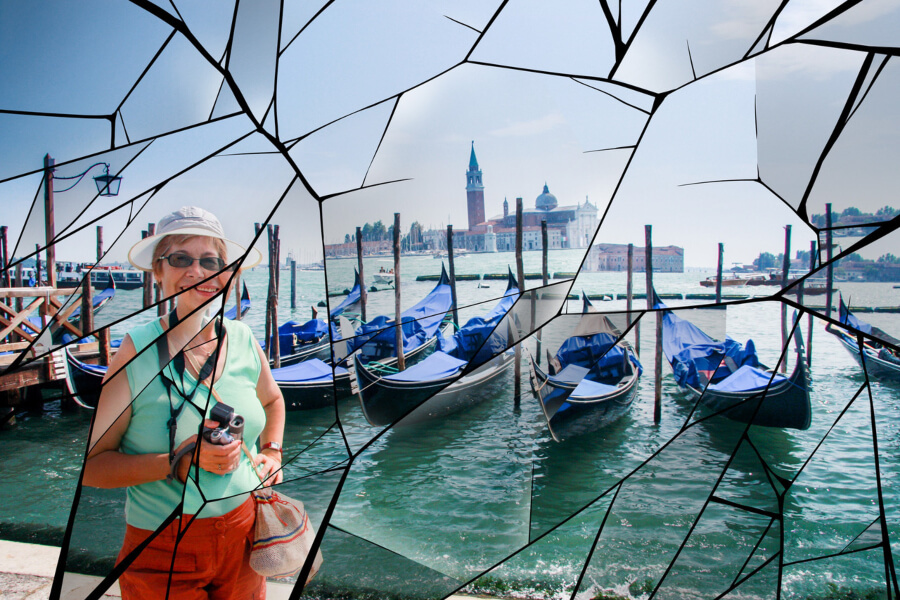
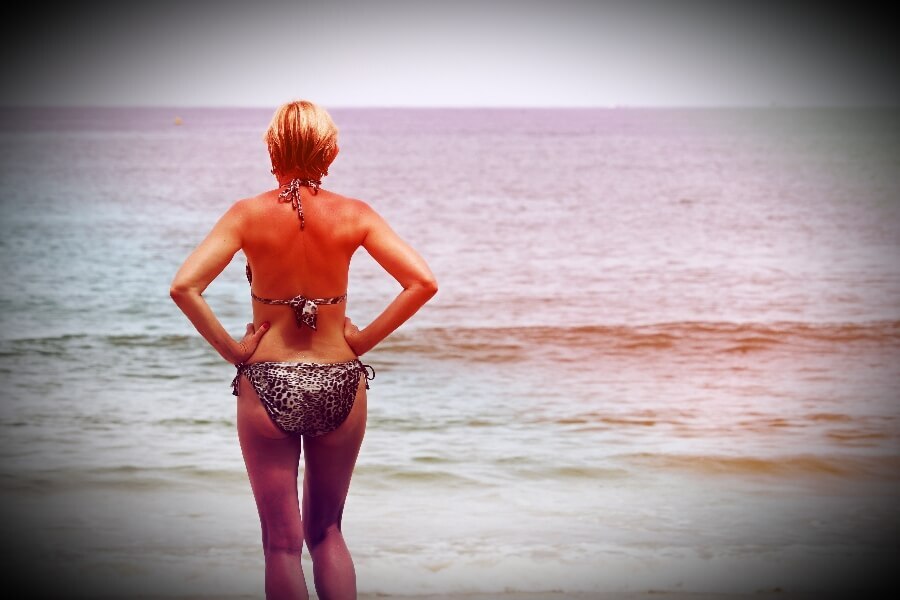
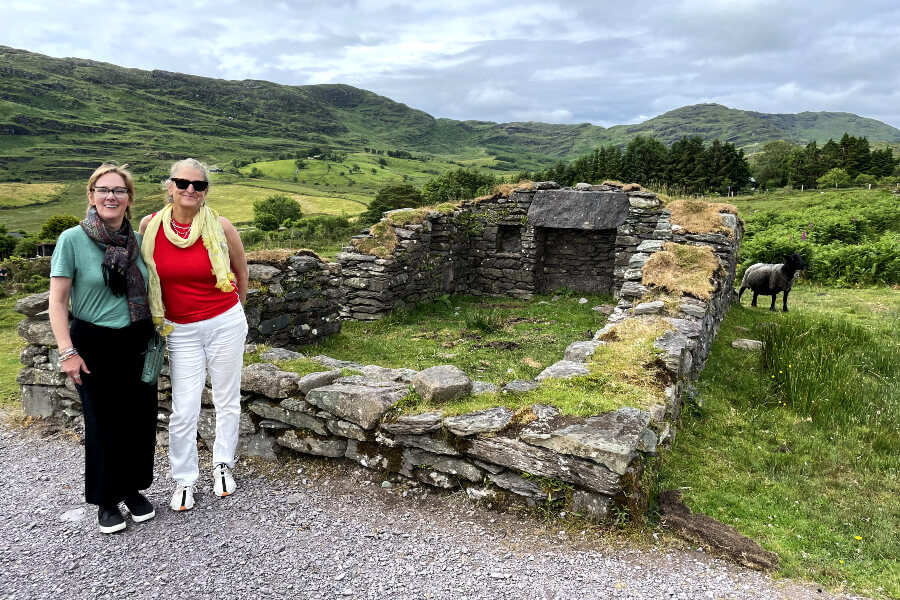
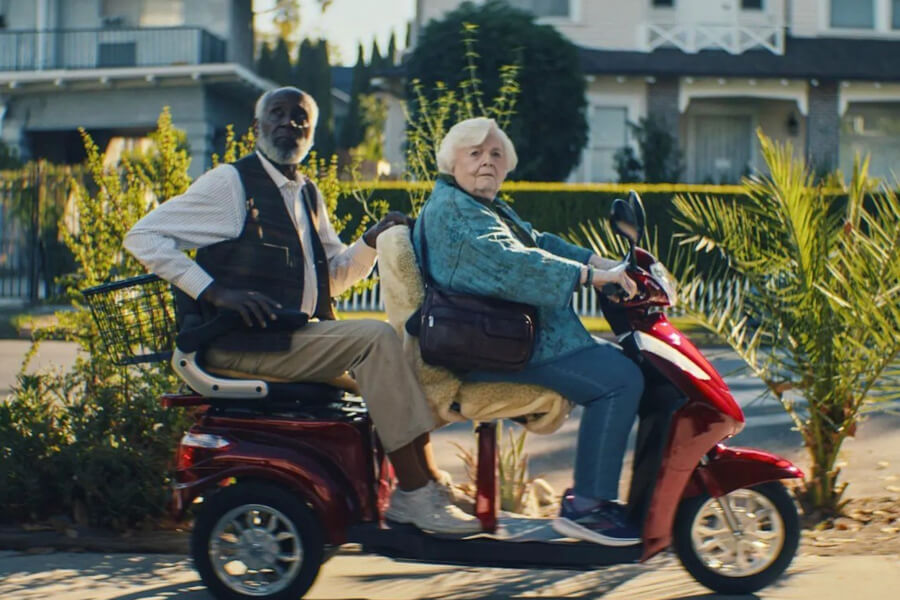



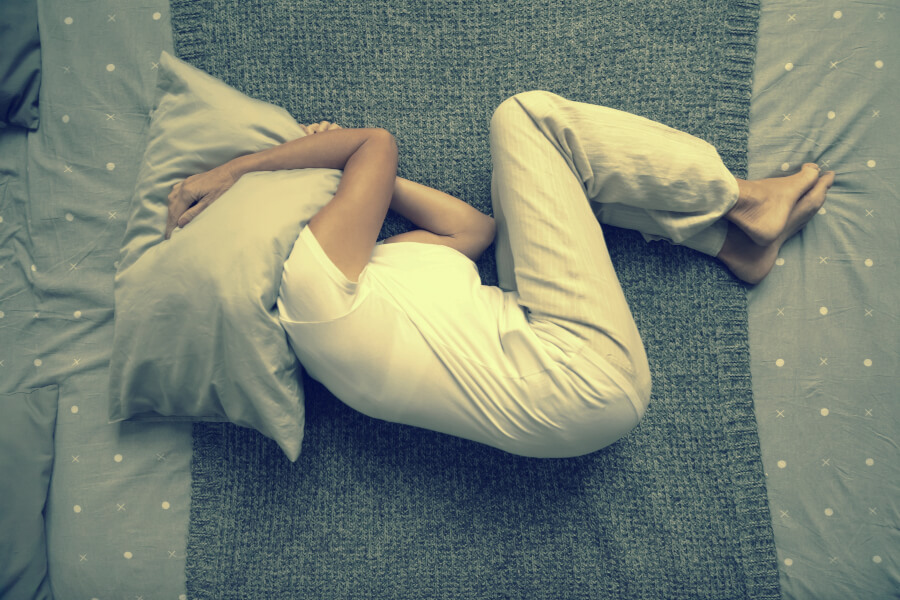
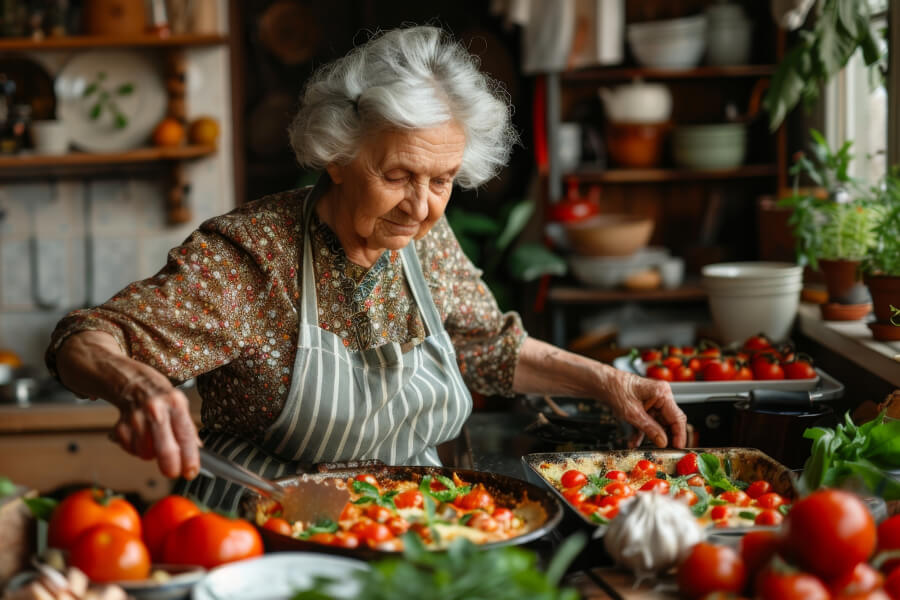

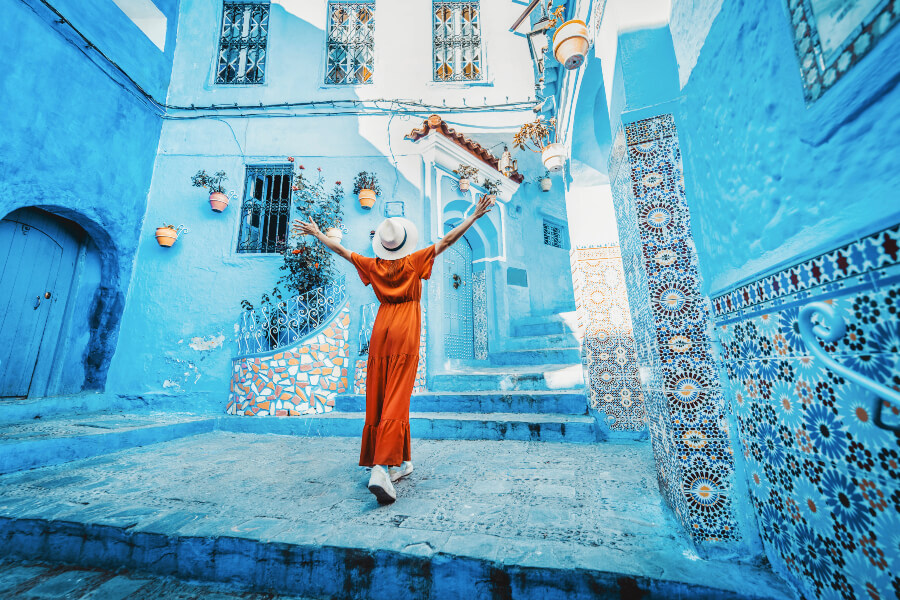


0 Comments